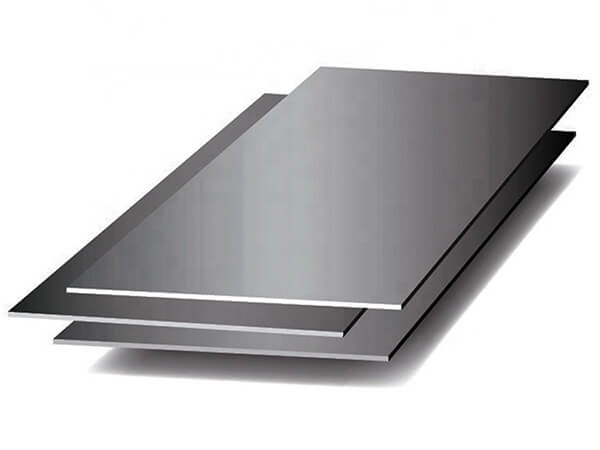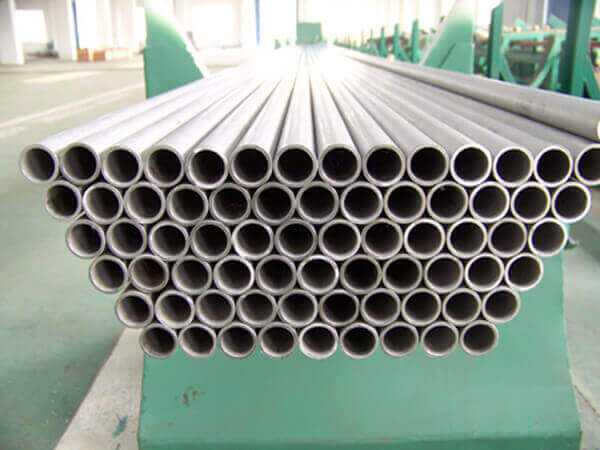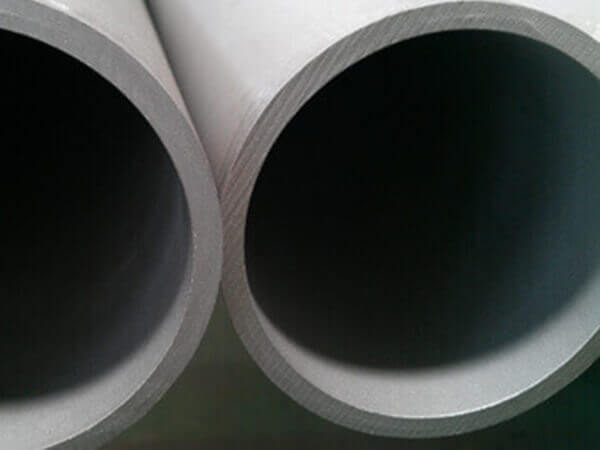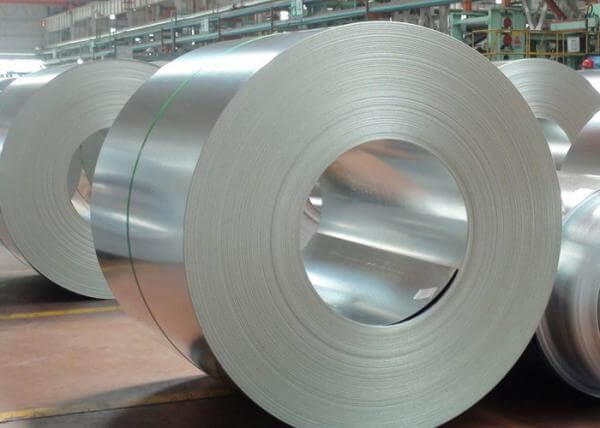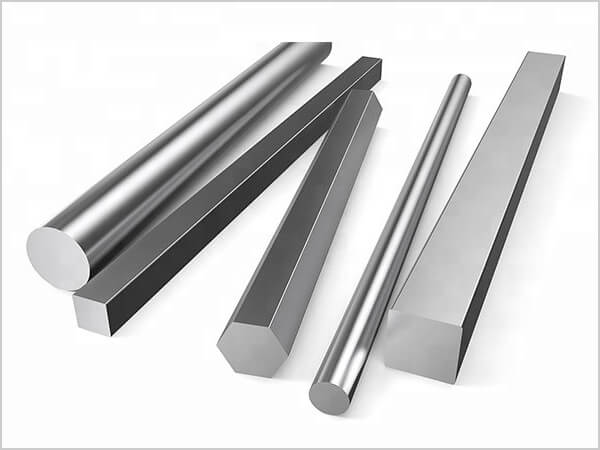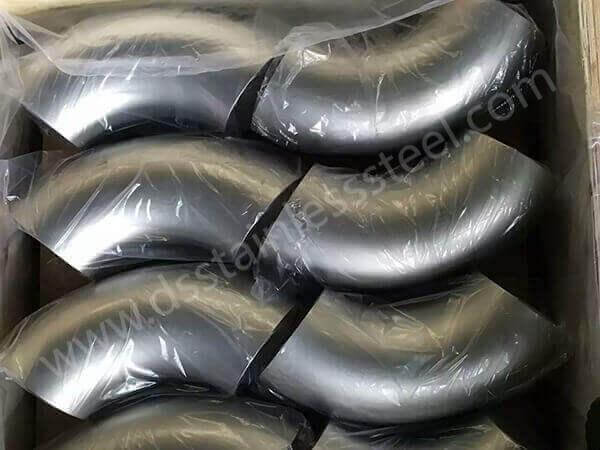304 stainless steel is a standard and classic Chrome 18 – Nickel 8 Austenitic stainless steel, the chemical composition of 304 Stainless Steel is made of 17.5-19.5% chromium and 8-10.5% nickel, combined with a maximum of 0.07% carbon, 2% manganese, 1% silicon, 0.11% nitrogen, 0.045% phosphorus, and 0.03% sulfur. It is the most familiar and most frequently used alloy in the stainless steel family. 304 grade has excellent strength, toughness, fabrication characteristics, and weldability.
304 Stainless Steel Overview
- The most used stainless steel
- Typical 18/8 Chromium-Nickel stainless steel
- Makeup: Besides chromium and nickel elements, Carbon, Silicon, Manganese, Phosphorus, and Sulfur are added.
- It is non-magnetic stainless steel in the annealed condition.
- It is food-grade stainless steel
- Aka, AISI 304, T304, TP 304, SUS304, SS304, 304SS, 304 SS, UNS S30400
- More forms and finishes
- It can be used in most conditions due to its excellent properties
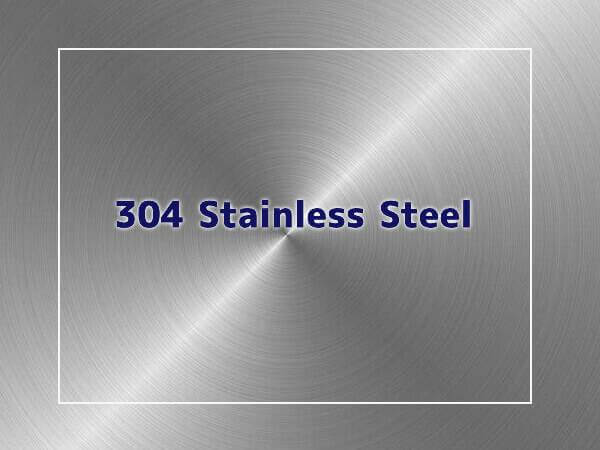
304 Stainless Steel grade has excellent properties very good formability, and excellent forming and welding characteristics thanks to its austenitic structure enables it to be severely deep drawn and fabricated without intermediate annealing, It is magnetic but less magnetic than steel. It has a higher corrosion resistance than regular steel.
304 Stainless Steel is commonly available in many product forms and dimensions. It can be supplied with a wide range of functional and aesthetic surface finishes, these characteristics make 304 grade widely used in many applications, such as Food processing equipment, particularly in beer brewing, milk processing & winemaking, Kitchen benches, sinks, troughs, equipment and appliances, Architectural paneling, railings & trim, Chemical containers, including for transport, Heat Exchangers, Woven or welded screens for mining, quarrying & water filtration, Threaded fasteners.
304 Stainless Steel Chemical Composition
The typical chemical composition for this grade is given in the table below, together with composition limits given for the product according to different ASTM and EN standards.
| Standard | Grade | C | Mn | P | S | Si | Cr | Ni | N |
|---|---|---|---|---|---|---|---|---|---|
| ASTM A240 | 304 | ≤0.08 | ≤2.00 | 0.045 | 0.030 | 0.75 | 18-20 | 8.0-11 | ≤0.10 |
| ASTM A312 | TP 304 | ≤0.08 | ≤2.00 | 0.045 | 0.030 | 1.00 | 18.0-20.0 | 8.0-11 | ≤0.10 |
| EN 10028-7 | 1.4301 | ≤0.07 | ≤2.00 | 0.045 | 0.030 | 1.00 | 17.5-19.5 | 8.0-10.5 | ≤0.10 |
| EN 10088-2 | 1.4301 | ≤0.07 | ≤2.0 | 0.045 | 0.030 | 1.00 | 17.5-19.5 | 8.0-10.5 | ≤0.10 |
| EN 10088-3 | 1.4301 | ≤0.07 | ≤2.00 | 0.045 | 0.030 | 1.00 | 17.5-19.5 | 8.0-10.5 | ≤0.10 |
| EN 10088-4 | 1.4301 | ≤0.07 | ≤2.0 | 0.045 | 0.030 | 1.00 | 17.5-19.5 | 8.0-10.5 | ≤0.10 |
304 Stainless Steel Mechanical Properties
| Standard | Grade | Yield Point | Tensile Strength | Elongation | Hardness | Hardness |
|---|---|---|---|---|---|---|
| MPa | MPa | % | HRB | HB | ||
| ASTM A240 | 304 | ≥ 205 | ≥ 515 | ≥ 35 | ≤ 92HRB | ≤ 201 |
| ASTM A312 | TP304 | ≥ 205 | ≥ 515 | ≥ 35 | ≤ 92HRB | ≤ 201 |
| EN 10028-7 | 1.4301 | ≥ 230 | 540-750 | ≥ 35 | ≤ 215 | |
| EN 10088-2 | 1.4301 | ≥ 230 | 540-750 | ≥ 35 | ≤ 215 | |
| EN 10088-4 | 1.4301 | ≥ 230 | 540-750 | ≥ 35 | ≤ 215 |
304 Stainless Steel Physical Properties
| Density | Melting Point | Modulus Of Elasticity | Thermal Exp. At 100 °C | Thermal Conductivity | Thermal Capacity | Electrical Resistance | Elastic Modulus |
|---|---|---|---|---|---|---|---|
| Kg/Dm3 | (℃) | GPa | 10-6/°C | W/M°C | J/Kg°C | ΜΩm | KN/Mm2 |
| 7.9 | 1398~1427 | 200 | 16 | 15 | 500 | 0.73 | 193 |
Corrosion Resistance
Grade 304 stainless steel is excellent in a wide range of atmospheric environments and many corrosive media. It is subject to pitting and crevice corrosion in warm chloride environments, and to stress corrosion cracking above 60 °C (approximate). Grade 304 is considered to be resistant to potable water up to approximately 200 mg/L chlorides at ambient temperatures, reducing to approximately 150 mg/L at 60 °C.
AISI 304 is highly corrosion-resistant to most oxidizing acids. However, corrosion can occur in environments containing chlorides. 304 is not as corrosion-resistant as 316 stainless steel.
Heat Resistance
Grade 304 has good oxidation resistance in intermittent service to 870 °C and in continuous service to 925 °C. Continuous use of 304 in the 425-860 °C range is not recommended if subsequent aqueous corrosion resistance is important. Grade 304L is more resistant to carbide precipitation and can be heated into this temperature range.
Heat Treatment
During Solution Treatment (Annealing) Grade 304 can be heated to 1010-1120 °C and is then cooled rapidly. This grade cannot be hardened by thermal treatment.
Welding
Grade 304 has excellent weldability by all standard fusion methods, both with and without filler metals. it is suitable for the full range of conventional welding methods (like MMA, MIG, MAG, TIG, SAW, LBW, or RSW), except gas welding. Post-weld heat treatment is generally not required. In special cases where there is a high risk of stress corrosion cracking or fatigue, stress relief treatment may be considered.
304/1.4301 has about 50% higher thermal expansion and lower heat conductivity than carbon steel. This means that larger deformation and higher shrinkage stresses may result from welding.
To fully restore the corrosion resistance of the weld seam, the weld discoloration should be removed by pickling and passivation.
Machining
Due to their high toughness and work-hardening behavior austenitic steels are more difficult to machine than carbon steels but are still comparatively easier than more highly alloyed stainless steel grades. It requires higher cutting forces than carbon steel, shows resistance to chip breaking, and has a high tendency to build up edge formation.
Magnetic
Type 304 stainless steel is not magnetic, but may be slightly magnetic after cold working.
304 Stainless Steel Equivalent Grades
| EU EN | USA | Germany DIN,WNr | Japan JIS | England BS | China GB | Germany DIN, WNr |
|---|---|---|---|---|---|---|
| X5CrNi18-10 (1.4301) | 304 | 1.4301 X5CrNi18-9 | SUS304 | 304S15 | 0Cr18Ni9 | 08KH18N10 |
304 Stainless Steel Forms And Applicable Specifications
| Product Forms | ASTM | ASME |
|---|---|---|
| Plate, Sheet And Strip | A 240 | SA-240 |
| Seamless And Welded Pipe | A 249/A 249M TP304. A 554 MT304 | SA-249/SA-249M |
| Plate, Sheet, And Strip | A 312/A 312M, A 409/A 409M | SA-312/SA-312M, SA-409/SA-409M |
| Bar, Wire | A 276, A478, A479/A 479M, | SA-479/SA-479M |
| Billet, Forgings | A 314, A473 | |
| Flanges, Fittings | A 182/A 182M, A 403/A 403M | SA-182/SA-182M, SA-403/SA-403M |
304 Stainless Steel Forms
Applications
As the most used grade, 304 stainless steel has excellent forming and welding characteristics in most cases
- Household products
- Auto parts
- Medical equipment
- Building materials
- Chemicals
- Food process
- Agriculture
- Ship parts
- Heat exchanger
304 Vs. 304L Stainless Steel
The key difference between 304 and 304L stainless steel is the carbon content, 304 contains max 0.08% carbon content while 304 has max 0.03%, generally, 304L is considered as low carbon as 304, other alloy elements are the same proportion, low carbon content gives 304L better property to resist corrosion, of course, there are slight differences in mechanical properties.
Type 304L is the low-carbon version of 304. It is used in heavy gauge components for improved weldability. Some products such as plates and pipes may be available as “dual certified” material that meets the criteria for both 304 and 304L, these items have chemical and mechanical properties complying with both 304 and 304L.
304 Vs. 316 Stainless Steel
Grade 304 is a basic austenitic stainless steel. It contains a high level of nickel and chromium, with chromium ranging from 18 to 20% by weight and nickel weighing in at between 8 and 10.5%. Grade 304’s other alloying elements include silicon and manganese with iron comprising the remaining chemical composition.
316 stainless steel has the same material composition as 304 stainless steel. However, in addition to high amounts of chromium and nickel, it also holds silicon, carbon, and manganese, with a huge portion comprising iron. Grade 316 stainless steel has a denser chemical composition. It holds a significant amount of molybdenum of about 2-3% in weight compared to the traces found in 304. The higher molybdenum in 316 results in higher corrosion resistance than in 304. 316 stainless steel does well in salty water, making it ideal for marine applications.
304 and 316 stainless steel are the first and second most used stainless steel grades respectively, they naturally draw comparisons, but they are different.
It is not easy to judge which grade is better, it depends on some conditions, such as cost, application, and lifetime.
316 And 304 Stainless Steel, Which One Is More Expensive?
316 is a higher price due to more Molybdenum and Nickel content added.
304 Stainless Steel Hardness
- ≤187HB;
- ≤90HRB;
- ≤200HV
Is 304 Stainless Steel Good For Knife?
304 stainless steel is relatively soft compared to some 400 series grades, which are more suitable materials for knives, like 410, 420, and 430, and lower cost.
304 Stainless Steel In Salt Water
Although 304 stainless steel has overall excellent corrosion resistance, however, 304 stainless steel is not recommended to use in salt water or marine use, it will not withstand corrosion for very long and rust very quickly, 316/316 or 2205 grade is the better choice.
Related References
- ASTM A240/ASME SB240, Standard Specification for Chromium and Chromium-Nickel Stainless Steel Plate, Sheet, and Strip for Pressure Vessels and for General Applications
- ASTM A480, Standard Specification for General Requirements for Flat-Rolled Stainless and Heat-Resisting Steel Plate, Sheet, and Strip
- EN 10088-2, Stainless steels. Technical delivery conditions for sheet/plate and strip of corrosion-resisting steels for general purposes
- EN 10088-3, Stainless steels. Technical delivery conditions for semi-finished products, bars, rods, wire, sections and bright products of corrosion-resisting steels for general purposes
- EN 10088-4, Stainless steels. Technical delivery conditions for sheet/plate and strip of corrosion-resisting steels for construction purposes
- EN 10088-5, Stainless steels. Technical delivery conditions for bars, rods, wire, sections and bright products of corrosion-resisting steels for construction purposes
- ASTM A249, Standard Specification for Welded Austenitic Steel Boiler, Superheater, Heat-Exchanger, and Condenser Tubes
- ASTM A213, Standard Specification for Seamless Ferritic and Austenitic Alloy-Steel Boiler, Superheater, and Heat-Exchanger Tubes
- ASTM A312, Standard Specification for Seamless, Welded, and Heavily Cold Worked Austenitic Stainless Steel Pipes
- ASTM A276, Standard Specification for Stainless Steel Bars and Shape

